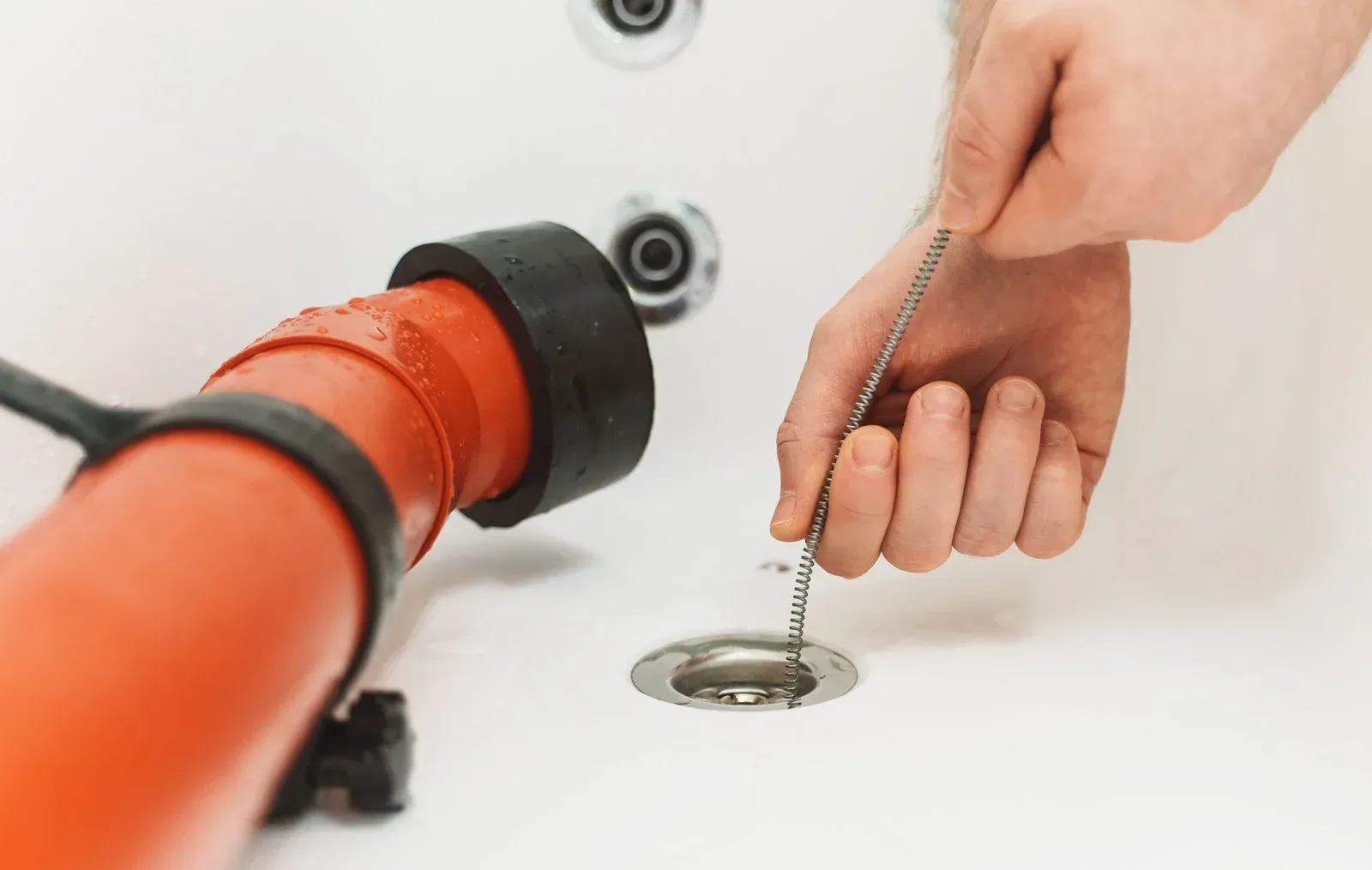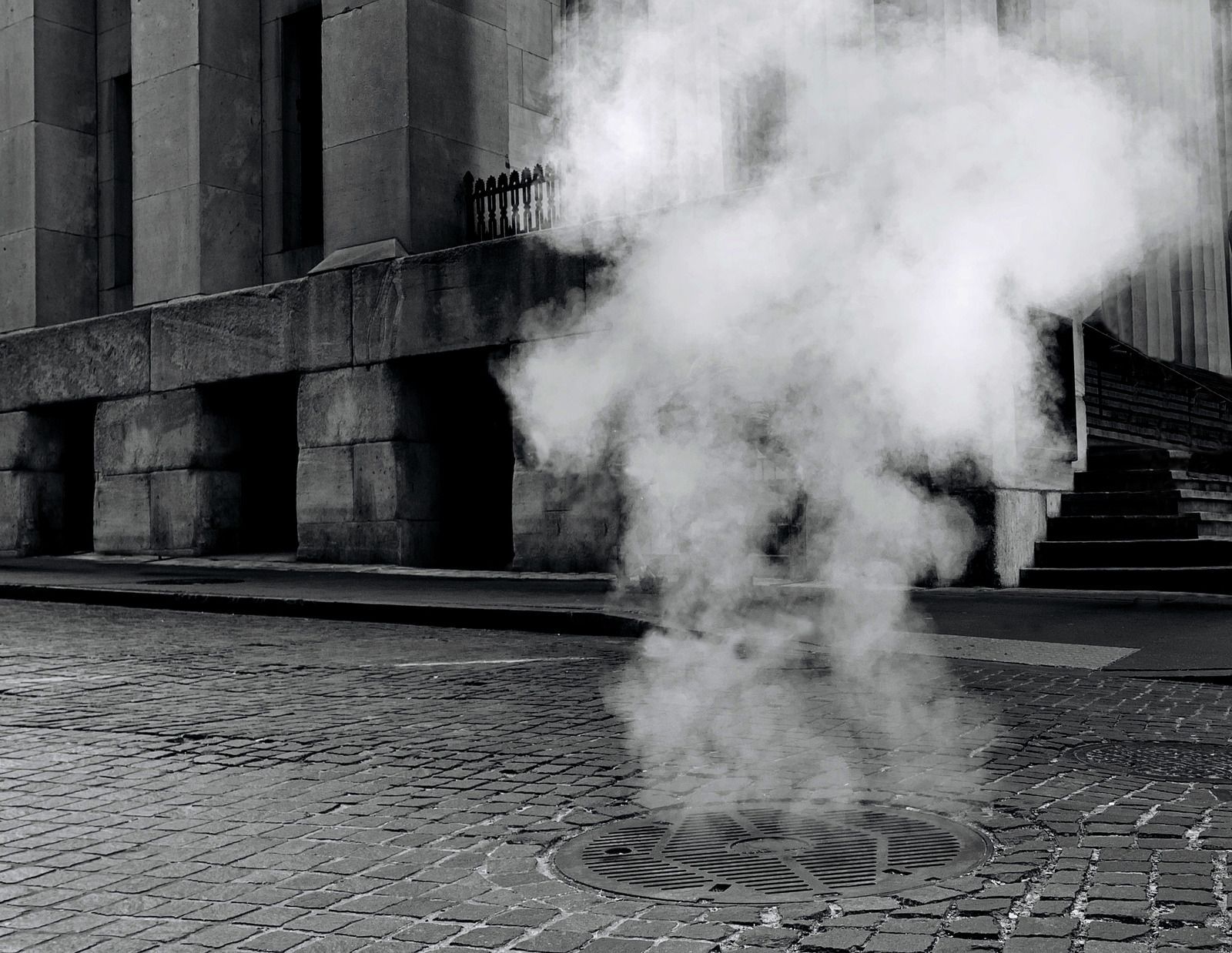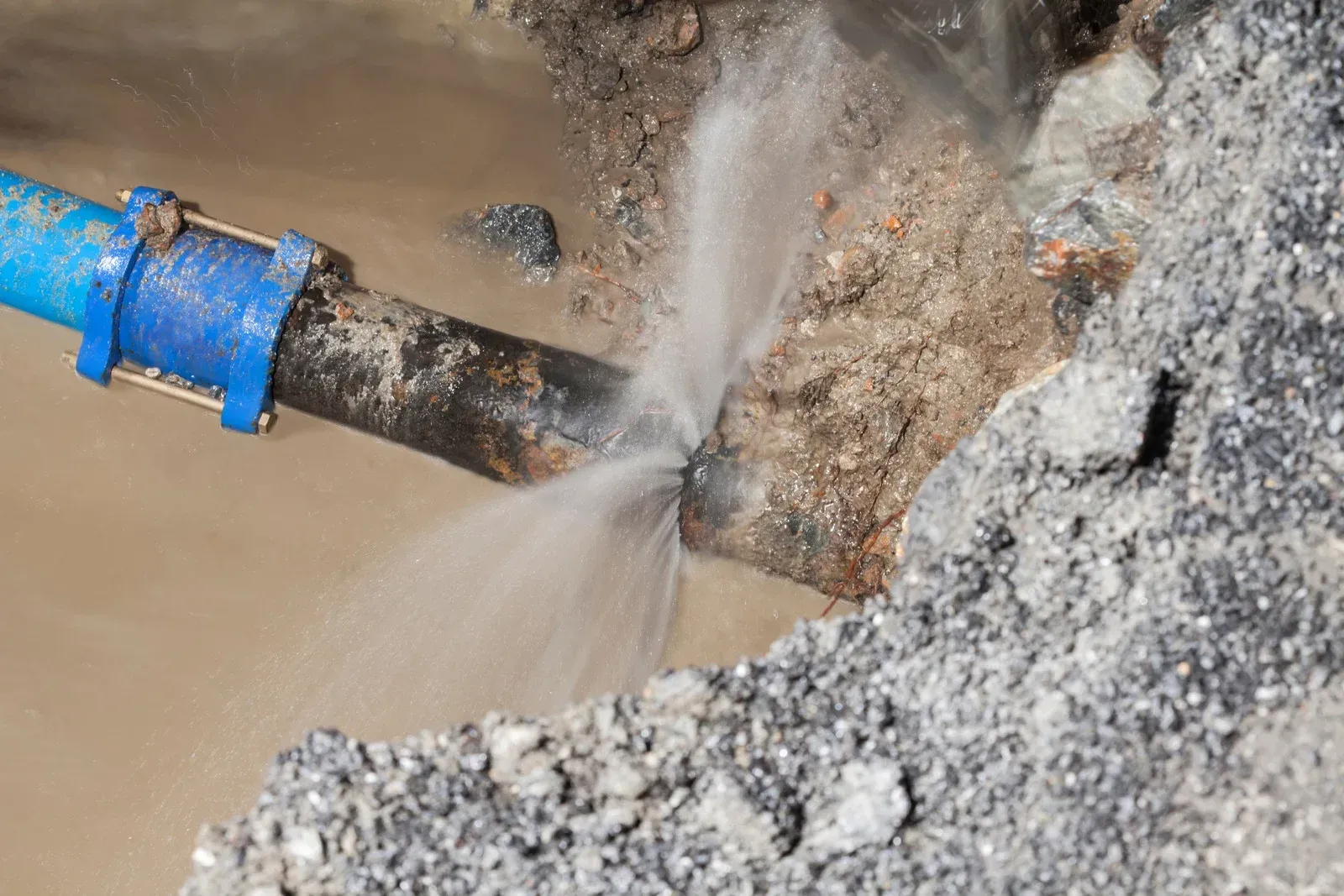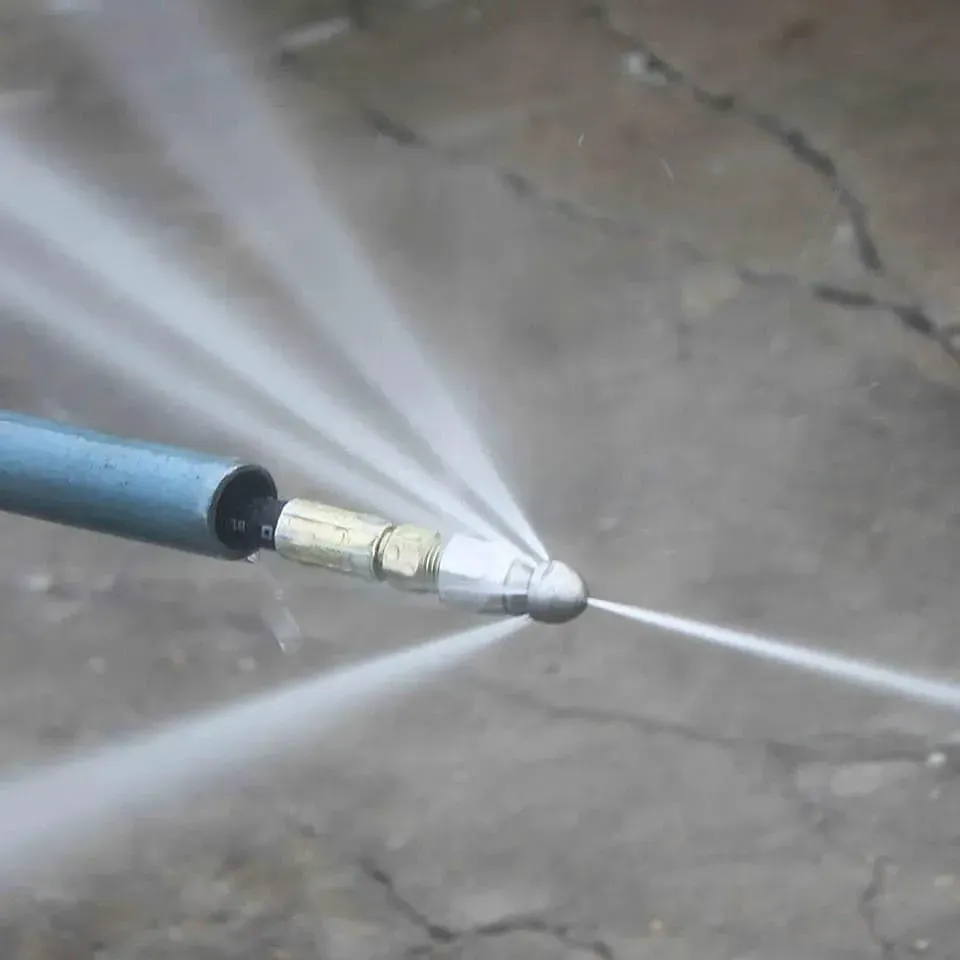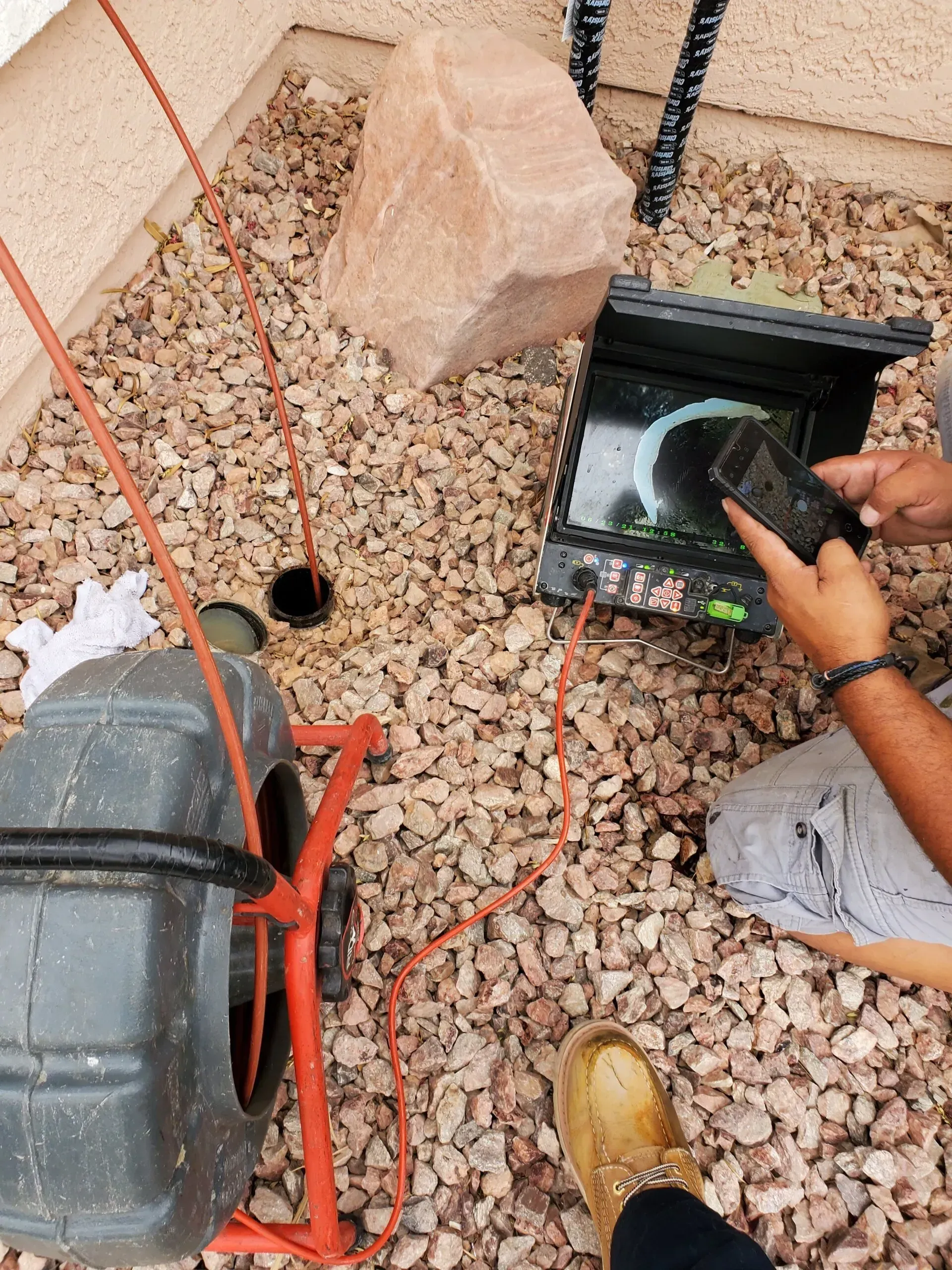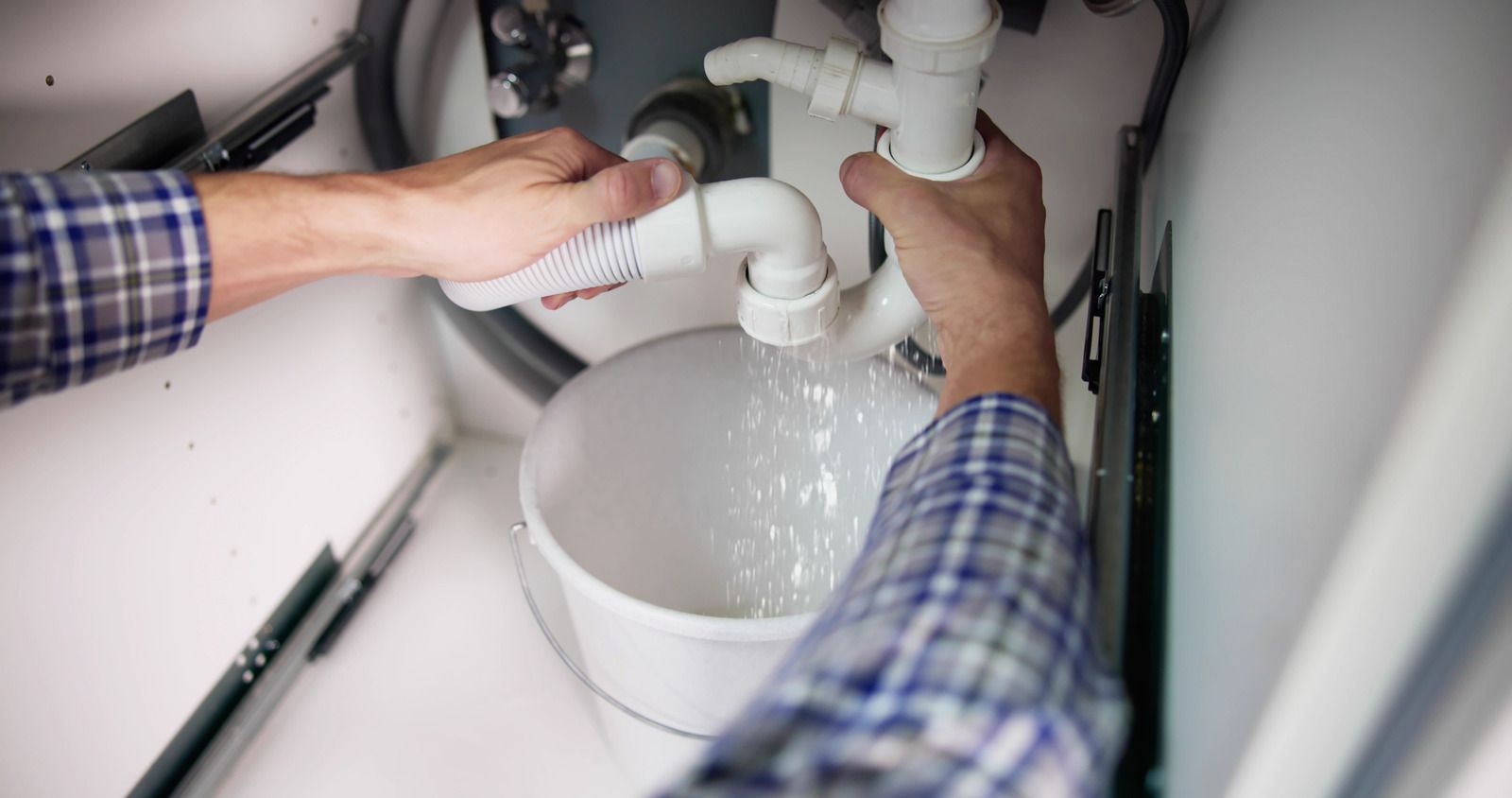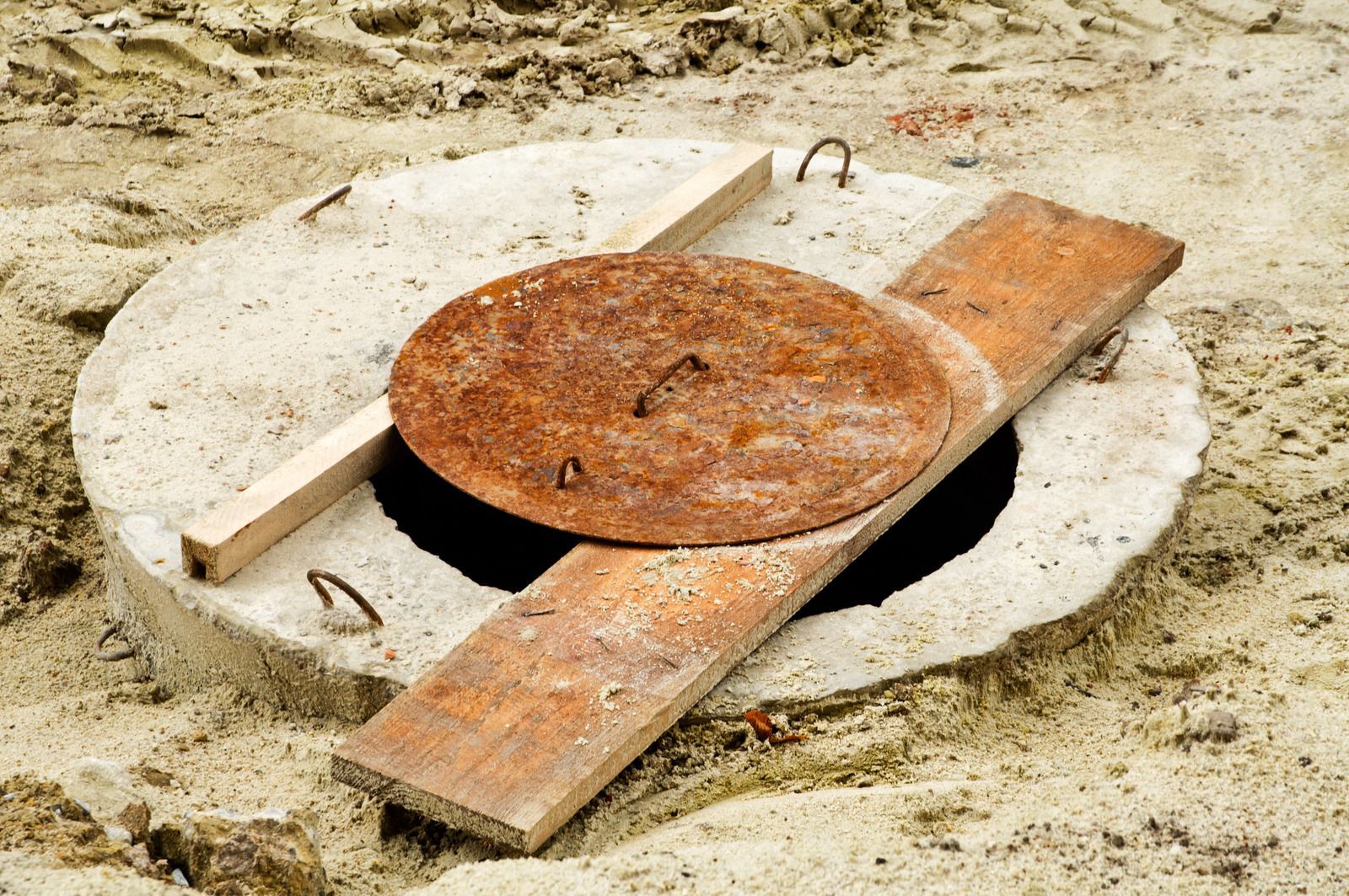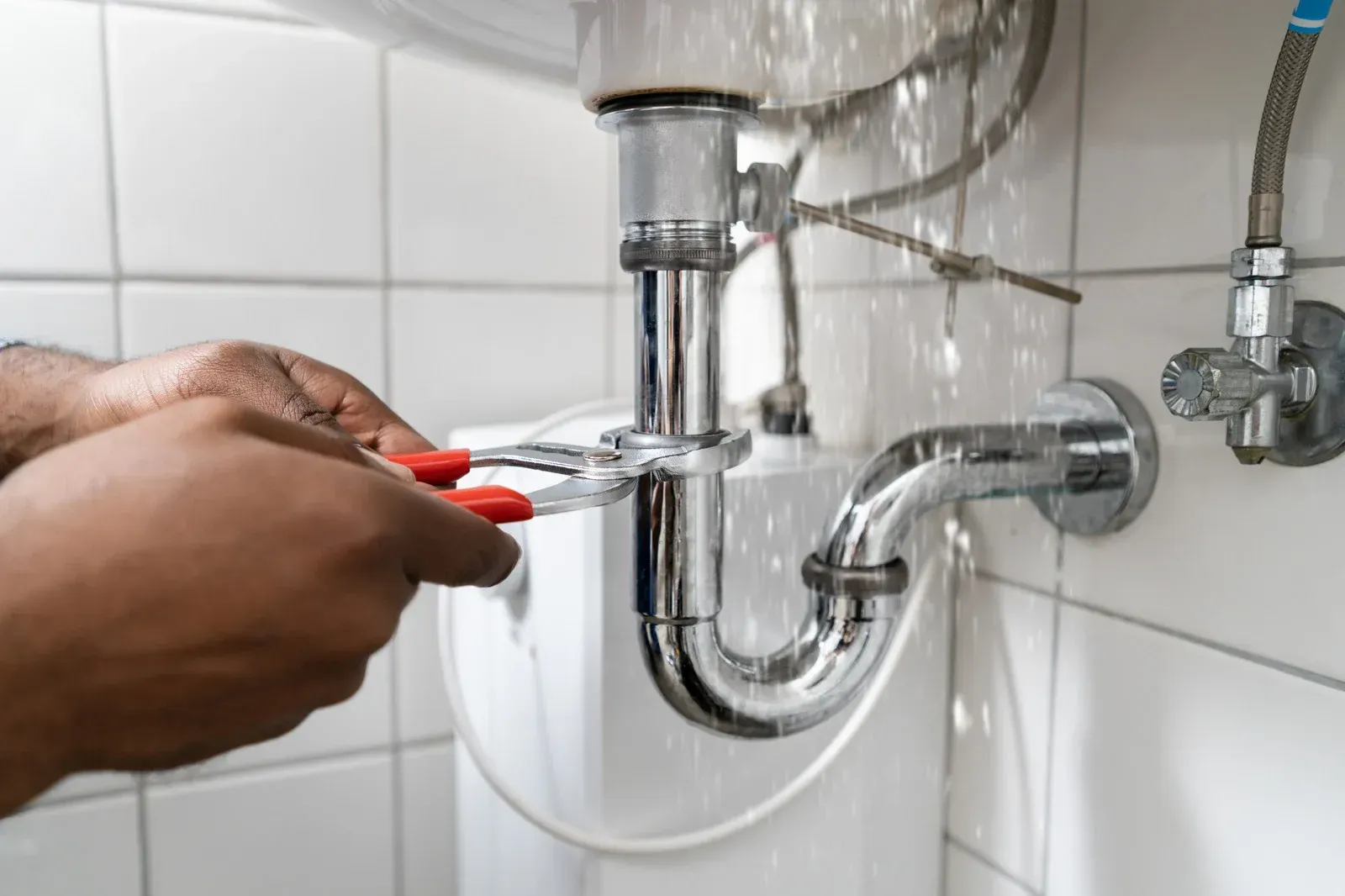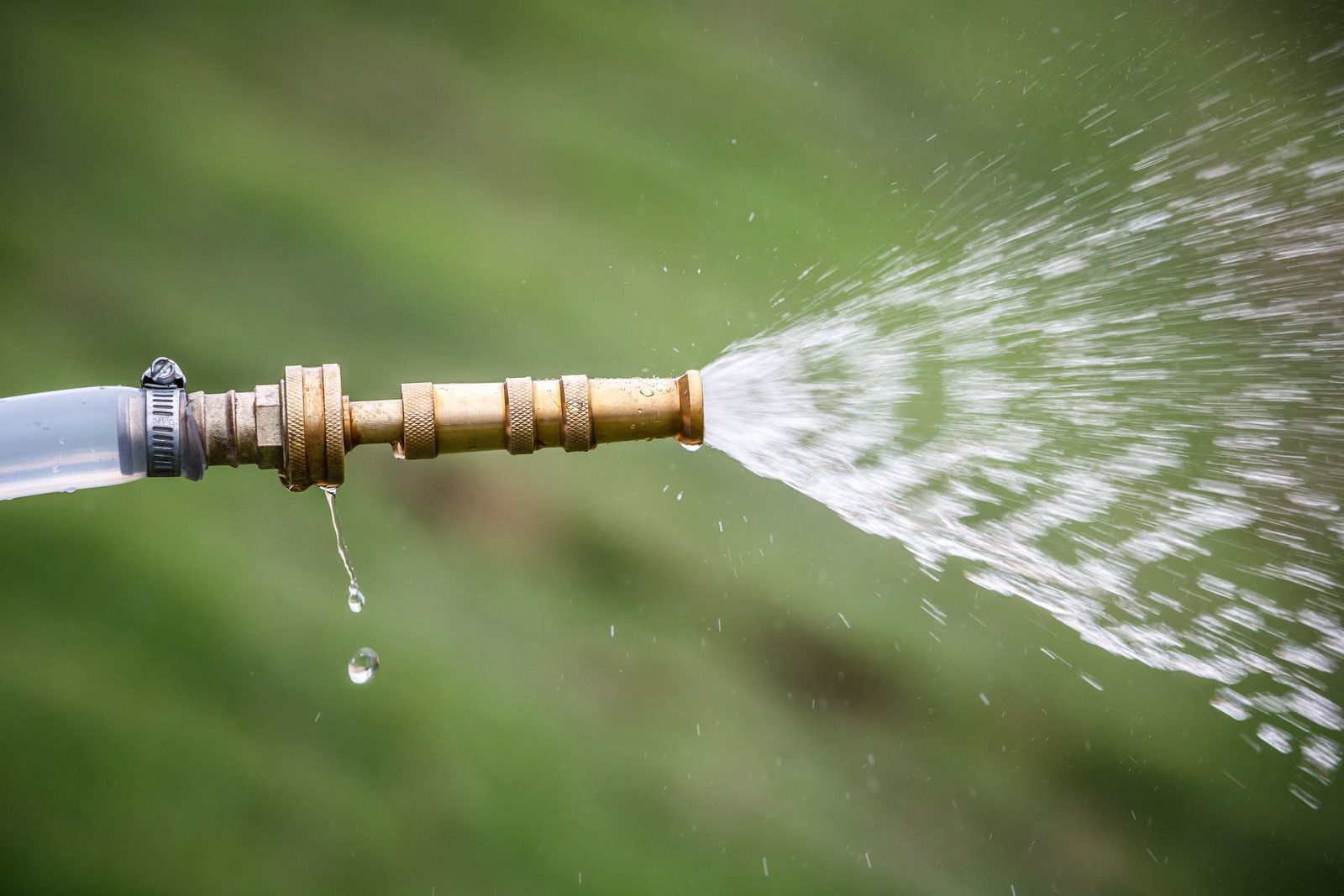How Does A Sewer Smoke Test Work? Step-By-Step Process
Smoke testing your sewer lines is beneficial to ensure they function properly. When done correctly, it can help you avoid costly repairs and identify issues with your home’s plumbing system. But what exactly is a smoke test, and how does it work?
What is A Sewer Smoke Test?
A sewer smoke test is a procedure used to identify sources of leaks or breaks in a sewer line. The test can be used to determine the location of a break or leak and can also be used to verify that repairs have been made correctly. A non-toxic smoke is released into the sewer line through a temporary cleanout or manhole, and the flow of smoke is observed.
Why You Need A Sewer Smoke Test?
Sewer smoke testing is a great way to identify drainage issues within sewers and underground utility networks. By forcing non-toxic smoke through the network, any leaks or blockages can easily be identified. The benefits of sewer smoke testing include the following:
- Minimizing disruption to surface infrastructure
- Safer than alternative methods such as pressure tests
- Cost-effective solution for large-scale projects
- Quickly identifies areas that need repair or maintenance work.
Step By Step Process of Sewer Smoke Test
Prepare for the test:
- Make sure that the sewer system is free of any obstructions.
- Shut off all water sources and ensure all traps are filled with water.
- Determine if there are vent stacks or manholes connected to the sewer line being tested.
- Locate a suitable smoke-generating machine and appropriate smoke-producing material (such as dry ice, glycol, or sulfur hexafluoride) for the test.
Perform the test:
- Place the smoke-generating machine near an access point to introduce the smoke into the pipes.
- Connect a fan to the machine to blow the smoke through all parts of the system under test.
- Close all vents and access points into the system, except for one where you inject smoke from the machine.
- Turn on the fan and slowly inject smoke into the system using a steady stream from your machine over several minutes until you can see it coming out from each vent stack or manhole connected to your sewer line being tested and also at any cracks in walls or flooring near said sewers which may indicate leaks in your system.
- Keep injecting smoke until it comes out of all access points and for a few minutes to ensure that the smoke penetrates every area of the system.
- After the injection, turn off the fan and wait for a few minutes before opening any vents or access points in order to allow pressure to equalize between the different parts of the system.
- If you detect any leaks in walls or floorings while performing this test, mark them down and plan to repair them as soon as possible.
Cleanup:
- Once the test is complete, and all findings have been documented and shared, turn off the smoke-generating machine and disconnect it from any access points used during the test.
- Turn on all water sources that were shut off before the test to restore normal sewer operations.
- Clean up any residue left behind by the smoke-generating machine and dispose of it appropriately.
Conclusion
A
sewer smoke test can be a great way to diagnose potential sources of problems within your
plumbing system. By following our step-by-step process outlined in this article, you should have no trouble testing and finding out where the source of your problem is. Knowing exactly what and where the issue is will make it easier for you to take control of making sure that any repairs are done quickly and effectively without further damage or disruption.


